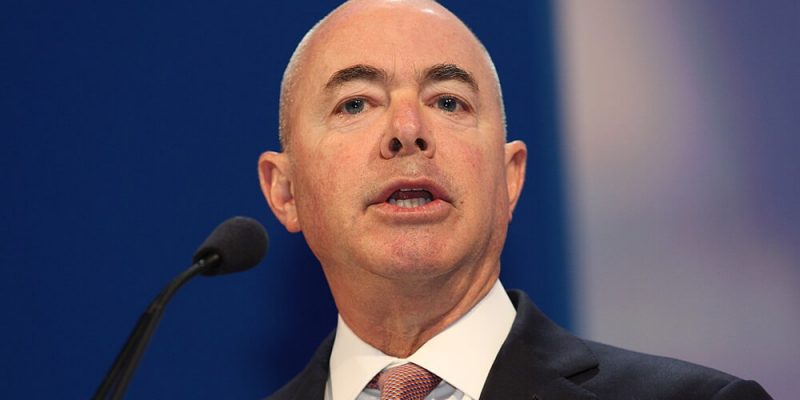Alejandro Mayorkas was revealed as the Democratic nominee for secretary of the Department of Homeland Security (DHS) at the end of 2020, and on January 19, 2021, he sat for his Senate hearing to confirm his vital role in U.S. border security. With President Biden’s inauguration taking place the next day, Mayorkas is only one of several competent and experienced leaders Biden has selected to front the United States’ response to immigration matters. The secretary of the DHS plays an important role in U.S. immigration policy, and the EB-5 Immigrant Investor Program falls under their scope, which means it’s important for those who make EB-5 investments to know who’s leading DHS.
Mayorkas wasn’t confirmed at his hearing, but he likely will be—just after a delay. The obstacle is Josh Hawley, a well-known Republican senator representing Missouri, who opted to block fast-tracked confirmation of Mayorkas on the grounds that he may not sufficiently uphold border security laws at the U.S.–Mexico border. Until the vetting process is completed and Mayorkas is confirmed, Transportation Security Administration Chief David Pekoske will head DHS.
From Cuban Immigrant to Political Lawyer
Mayorkas boasts an impressive history of building himself up from humble beginnings. He entered the world in Havana, Cuba, in 1959, with his family making the move to the United States in 1960 to escape the harsh communist regime that reigned over Cuba. Raised in Los Angeles, Mayorkas achieved success early when he graduated from law school and won several prosecutions of white-collar crimes in California’s Central District. He entered the political scene in 1989, with President Clinton appointing him as U.S. attorney of the Central District of California in 1998. During his time in the position, he worked on numerous high-profile cases, racking up more successes.
Mayorkas’s Previous Work with the EB-5 Program
When President Obama assumed office in 2009, he upped Mayorkas’s position, assigning him the crucial role of secretary of U.S. Citizenship and Immigration Services (USCIS). Mayorkas performed phenomenally in the position, working on various aspects of U.S. immigration as well as the EB-5 program specifically. His previous interactions with the program mean EB-5 investment participants should welcome him with open arms into the position of secretary of DHS.
The EB-5 program is what it is today partially thanks to Mayorkas’s hard work as chief of USCIS from 2009 to 2013. In 2009, the EB-5 program was in a sad state—or “badly broken,” to quote Mayorkas—having welcomed a mere 800 EB5 investment participants in 2007. Considering the benefits U.S. permanent resident status offers, Mayorkas knew the program had far more potential and worked hard to strengthen it, quadrupling the number of EB-5 investment participants in a short two years. But he didn’t stop there—in his final year as head of USCIS, Mayorkas reimagined how I-526 and I-829 petitions are evaluated, the result of which was explosive growth in worldwide EB-5 demand. So great was the growth, in fact, that in 2014, for the first time in its 24-year history, the program issued all allocated EB-5 visas for the fiscal year.
Mayorkas eventually left his post at USCIS in December 2013 to take over as deputy secretary of DHS. His ascension to the position was delayed, just as in January 2021, because critics alleged he had “exerted improper influence” to have a few EB-5 petitions approved. He was eventually confirmed in 2014 when the subsequent investigation found no evidence of “improper influence.” During his time at DHS, Mayorkas made efforts to enhance the United States’ relationship with his native Cuba and oversaw DHS’s handling of the Ebola and Zika crises.
Mayorkas Could Improve the EB-5 Program Again
It’s too early to know just what Mayorkas will do with the EB-5 program when he becomes secretary of DHS, but if his previous work is any indication, those with active EB5 investments may be in for a more pleasant EB-5 journey. Mayorkas’s experience and competence, coupled with his previously favorable treatment of the EB-5 program, spell a likely positive future for the EB-5 program, improving the situation for the scores of foreign nationals who have made EB-5 investments to procure a better life in the United States.







